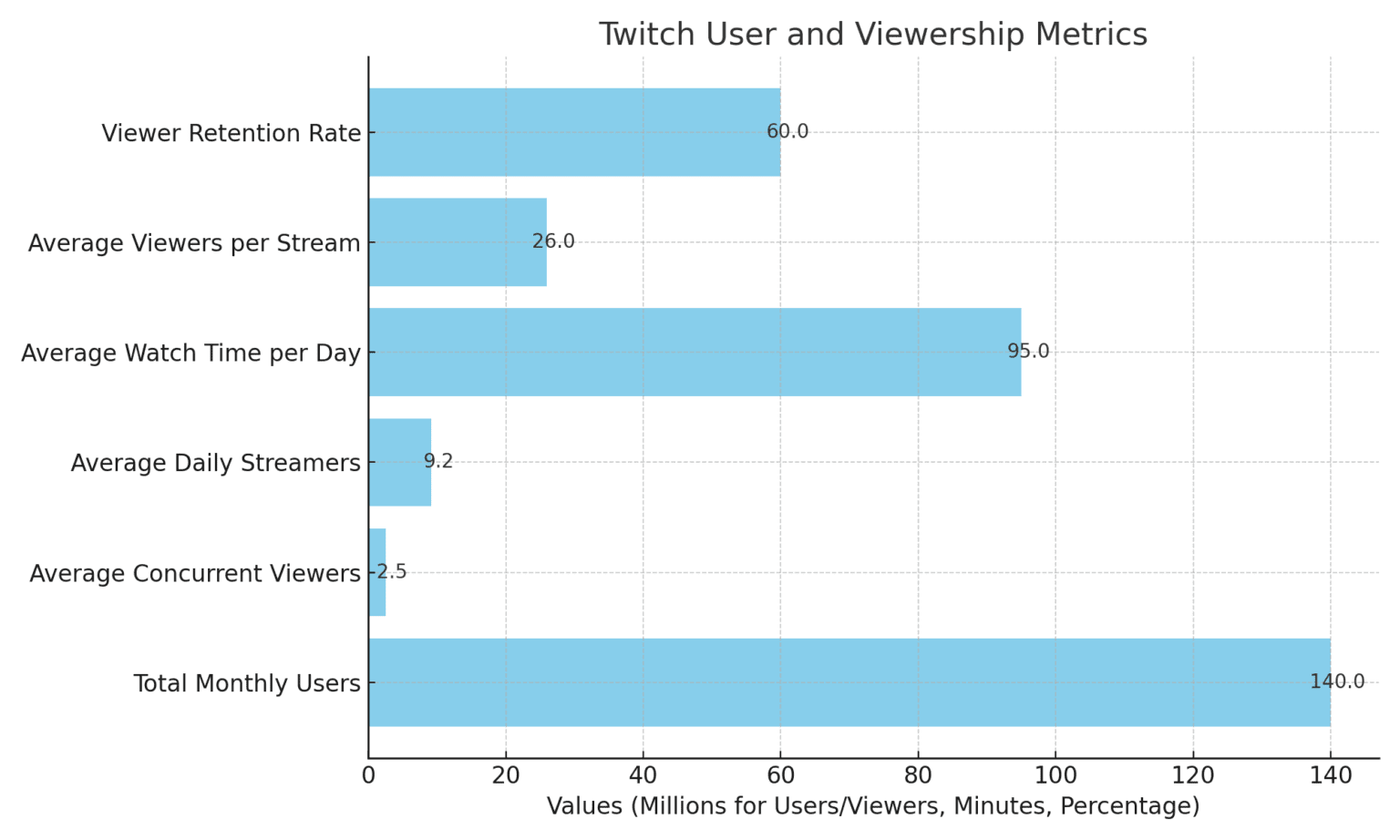In the often-effervescent world of live streaming, a peculiar silence has fallen. Twitch, the undisputed titan of the genre, is currently at the heart of a curious digital drama: a significant and sudden drop in reported viewership. This isn`t just a minor fluctuation; for many, particularly within the vibrant Russian-speaking streaming community, it`s been a viewership apocalypse, with some channels reportedly losing 50-60% or even more of their accustomed audience. Yet, amidst the dwindling numbers, Twitch remains remarkably tight-lipped, offering no clear explanation. It`s a mystery ripe for investigation, and one that peels back the curtain on the very nature of online engagement.
The Phantom Viewers: A Digital Enigma
The alarm bells first began to ring in August. Western streamers noted a noticeable dip, with some days seeing a collective platform-wide drop exceeding 20%. For top-tier personalities, it was reportedly their worst week of the year. Then, with an almost theatrical flair, the same phenomenon descended upon the Russian-speaking segment, but with a vengeance. Within just two days, average online viewership for this community plummeted by almost half. This wasn`t a glitch in the matrix; this was a digital vanishing act of epic proportions. The question echoed across the internet: Where did everyone go?
Twitch`s Official Stance: “Nothing to See Here”
Amidst the mounting evidence from perplexed streamers and third-party analytics tools like TwitchTracker and Esports Charts, Twitch offered a rather… concise response. They stated unequivocally that no such decline had occurred and that claims of decreasing metrics were mere “disinformation.” One might find a certain irony in a platform dedicated to transparent live broadcasting disavowing the very data being broadcast to the public. It`s a classic case of “believe your own eyes, or believe our official statement.”
The Unseen War: A History of Bots
To truly understand the current enigma, one must look back. In July, Twitch publicly declared its intent to combat “artificial” viewership. “We have teams and technologies in place to ensure that the views displayed on channels reflect real audiences, not artificially inflated numbers,” a Twitch representative stated. This wasn`t an idle threat. A subsequent study, widely circulated, revealed that an astonishing 430 out of 500 top streamers allegedly used purchased bots, with fake traffic constituting a significant 30-40% of their total statistics. This figure, mind you, didn`t even account for potentially unidentifiable views from embedded players on external sites. Was this the precursor to the current purge? A silent, digital cleansing long overdue?
The Hypotheses: What`s Really Happening?
Given Twitch`s official stance, the community has been left to piece together the puzzle. Several theories have emerged from the digital ether:
- The Bot Apocalypse: The most prevalent theory suggests Twitch finally unleashed its anti-botting arsenal, systematically purging millions of fake viewers. If true, it paints a rather stark picture of the platform`s previous viewership health.
- Algorithm Adjustments: Perhaps less dramatic but equally impactful, Twitch might have tweaked its algorithms, particularly how it counts views from embedded players or inactive accounts. This could unintentionally (or intentionally) reclassify what constitutes a “real” viewer.
- A Combination of Both: It`s entirely plausible that Twitch is waging a multi-front war, simultaneously eliminating bots and refining its viewership metrics. The lack of clarity from the platform only fuels this speculative fire.
The Fallout for Streamers: A Public Reckoning
For content creators, especially those who built their livelihoods on these numbers, the impact has been immediate and often brutal. A 50% drop isn`t just a statistical blip; it directly translates to reduced ad revenue, fewer subscriptions, and a tangible hit to their brand and morale. Many popular Russian streamers, previously fixtures in Twitch`s top 100, notably went offline around August 26th. While reasons vary – vacations, other commitments – a compelling hypothesis suggests a strategic retreat. Why broadcast a public decline when the future of viewership metrics remains shrouded in mystery? It`s a difficult tightrope walk between maintaining presence and preserving face.
Looking Ahead: The Future of Verified Viewership
This episode, whatever its ultimate cause, serves as a stark reminder of the fragile nature of digital metrics. In an era where “engagement” and “reach” are currency, the integrity of these numbers is paramount. If Twitch is indeed clearing house, it`s a painful but necessary step towards a more authentic ecosystem. However, transparency from the platform would go a long way in rebuilding trust and helping streamers adapt. The days of “easy” viewership, perhaps artificially inflated, might be drawing to a close. The future of live streaming, it seems, hinges not just on compelling content, but on verified, undeniable human eyes. And in this great digital reset, perhaps that`s a good thing, even if it comes with a dose of corporate silence and collective head-scratching.

